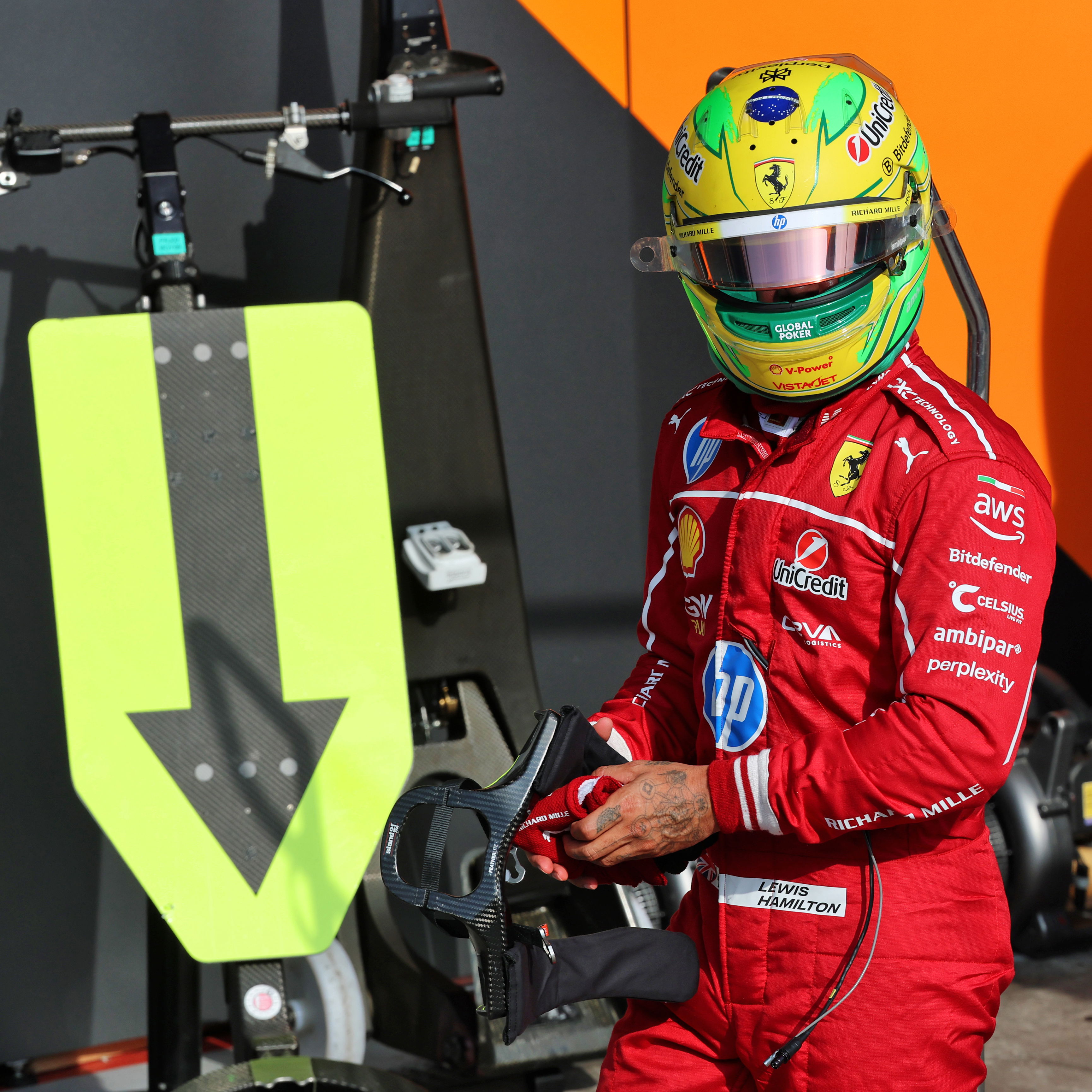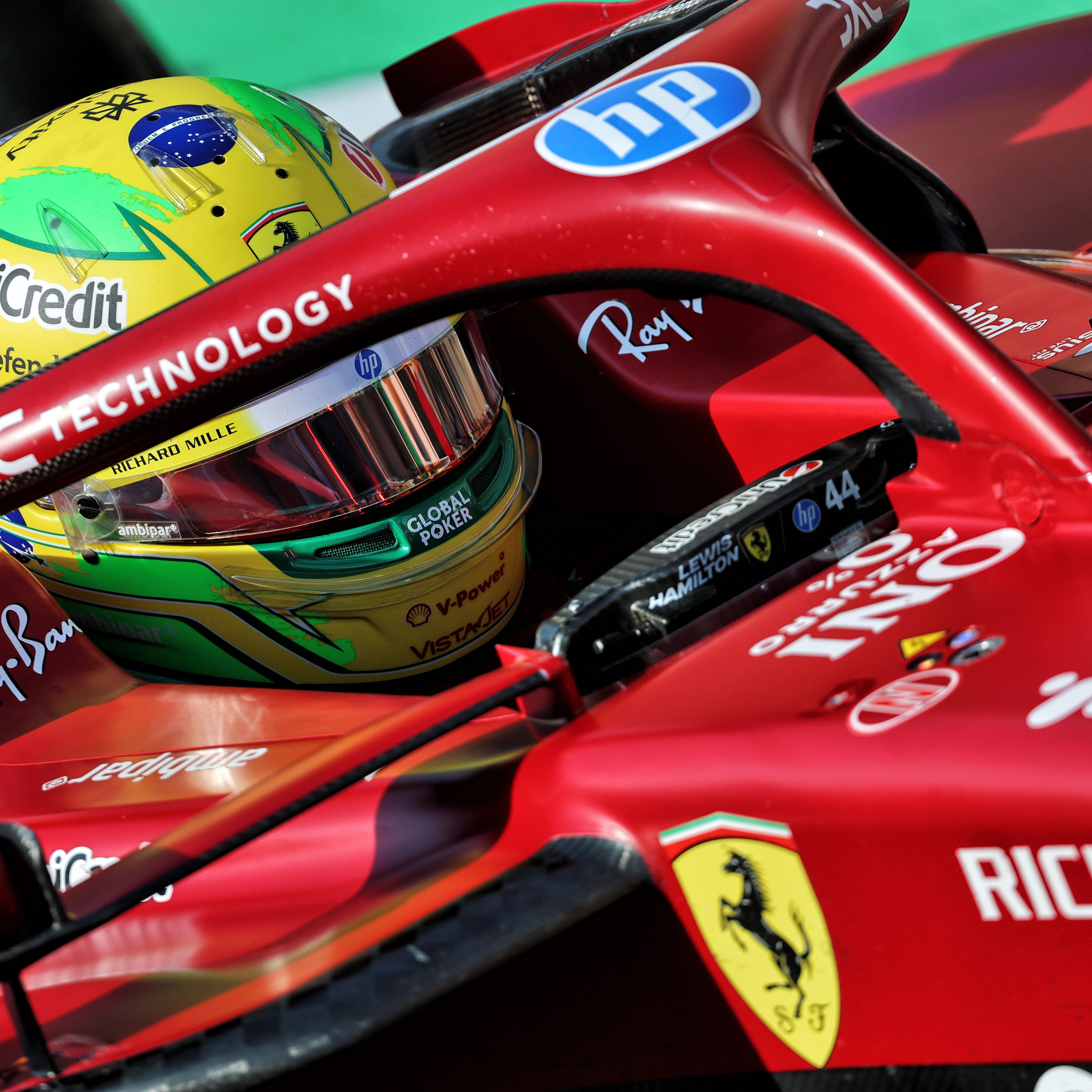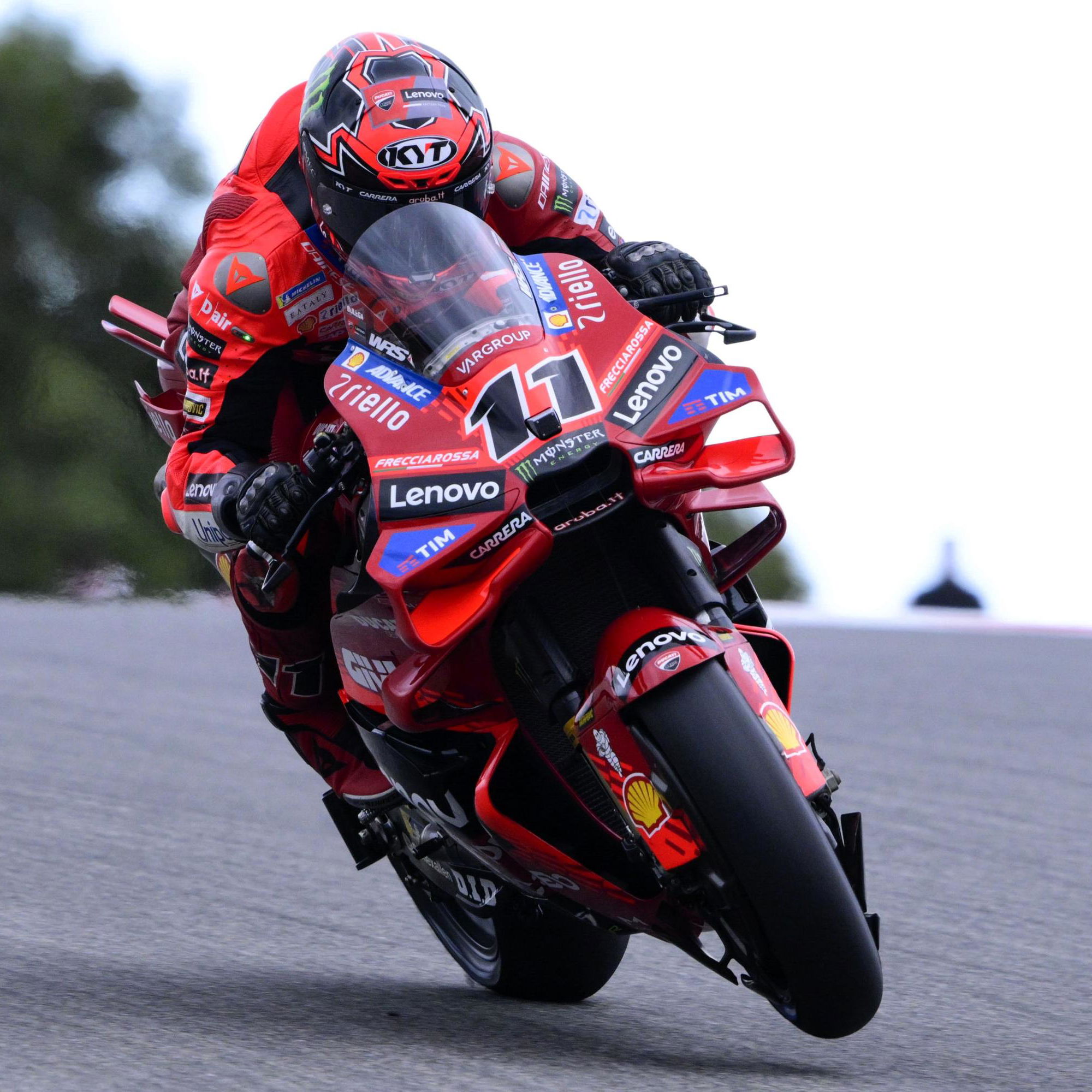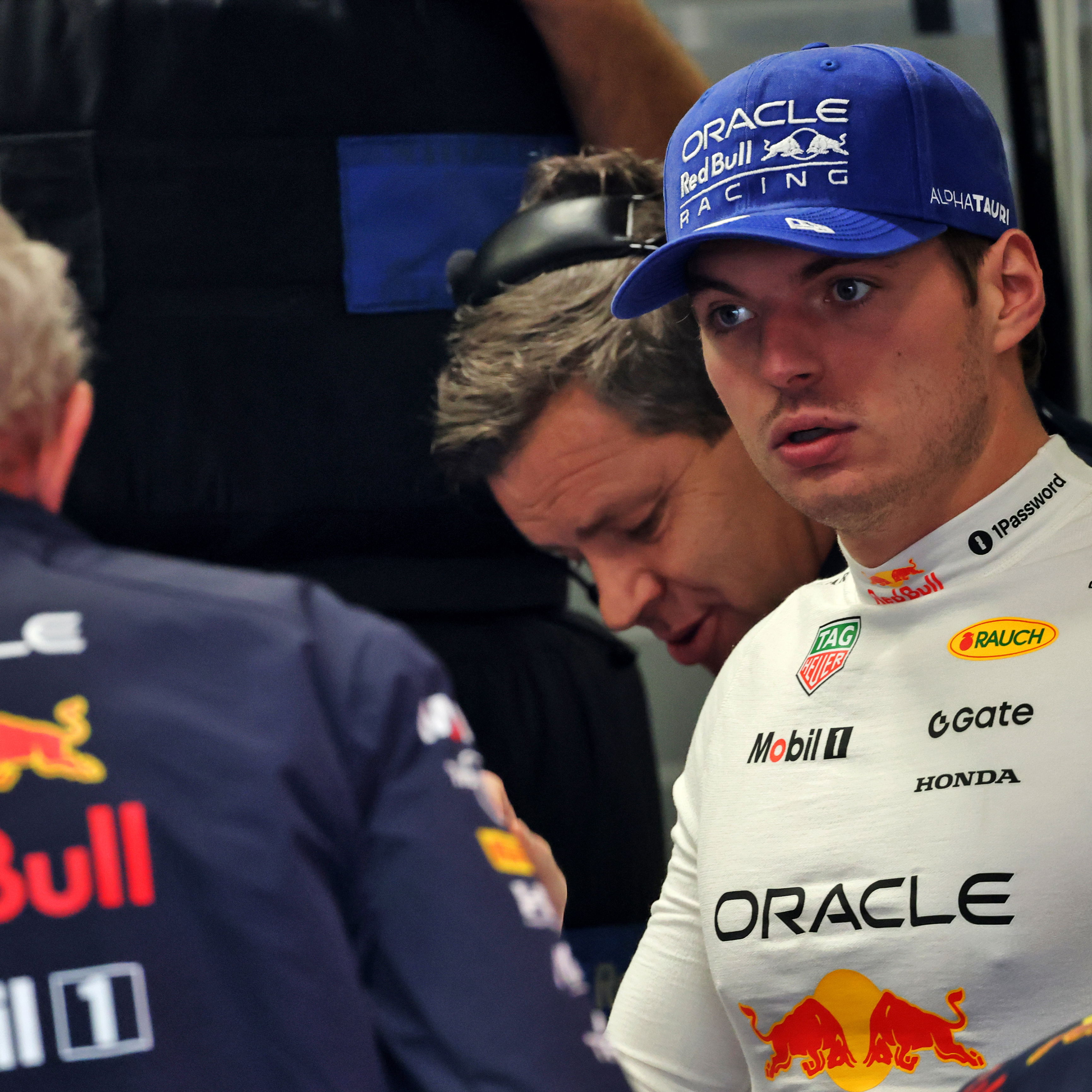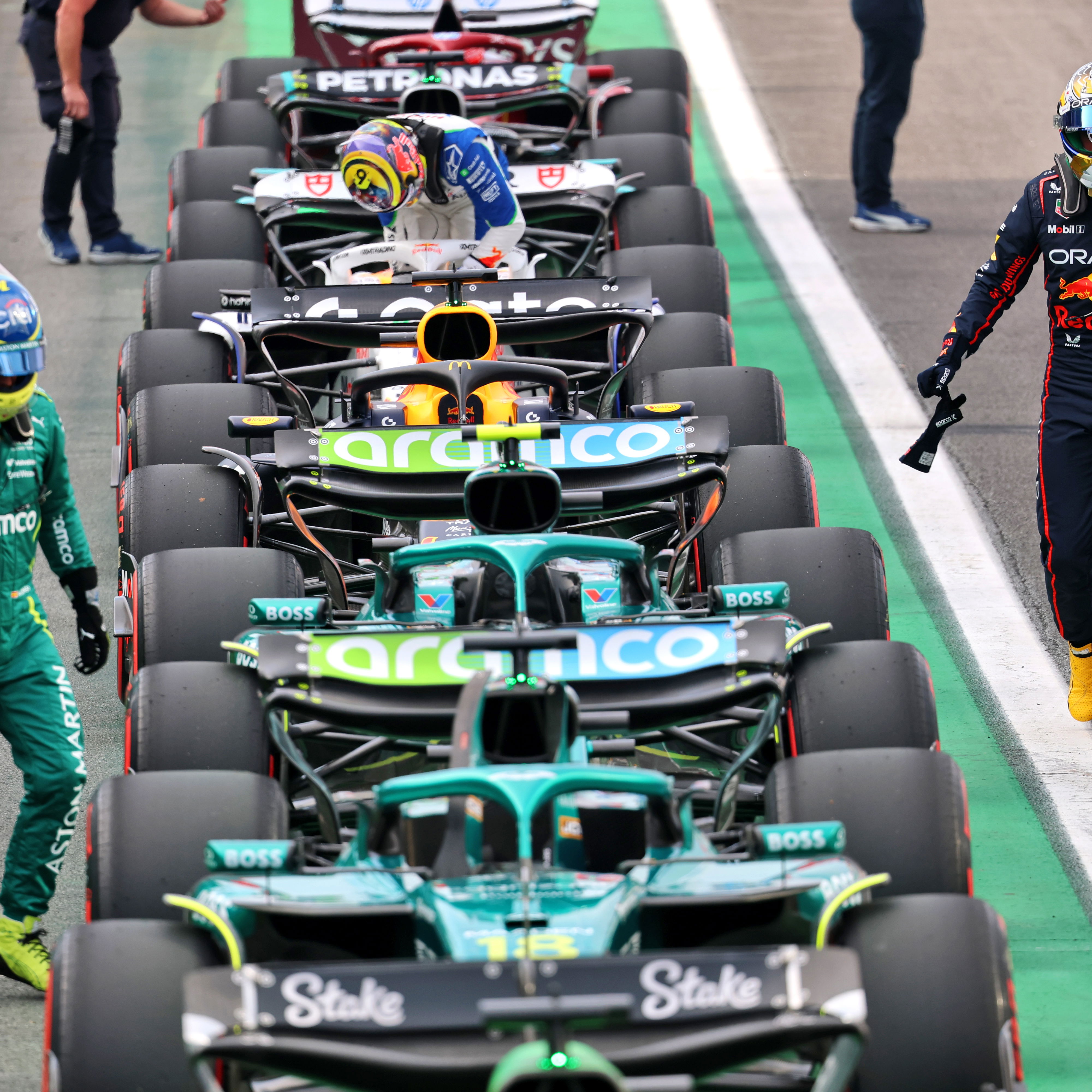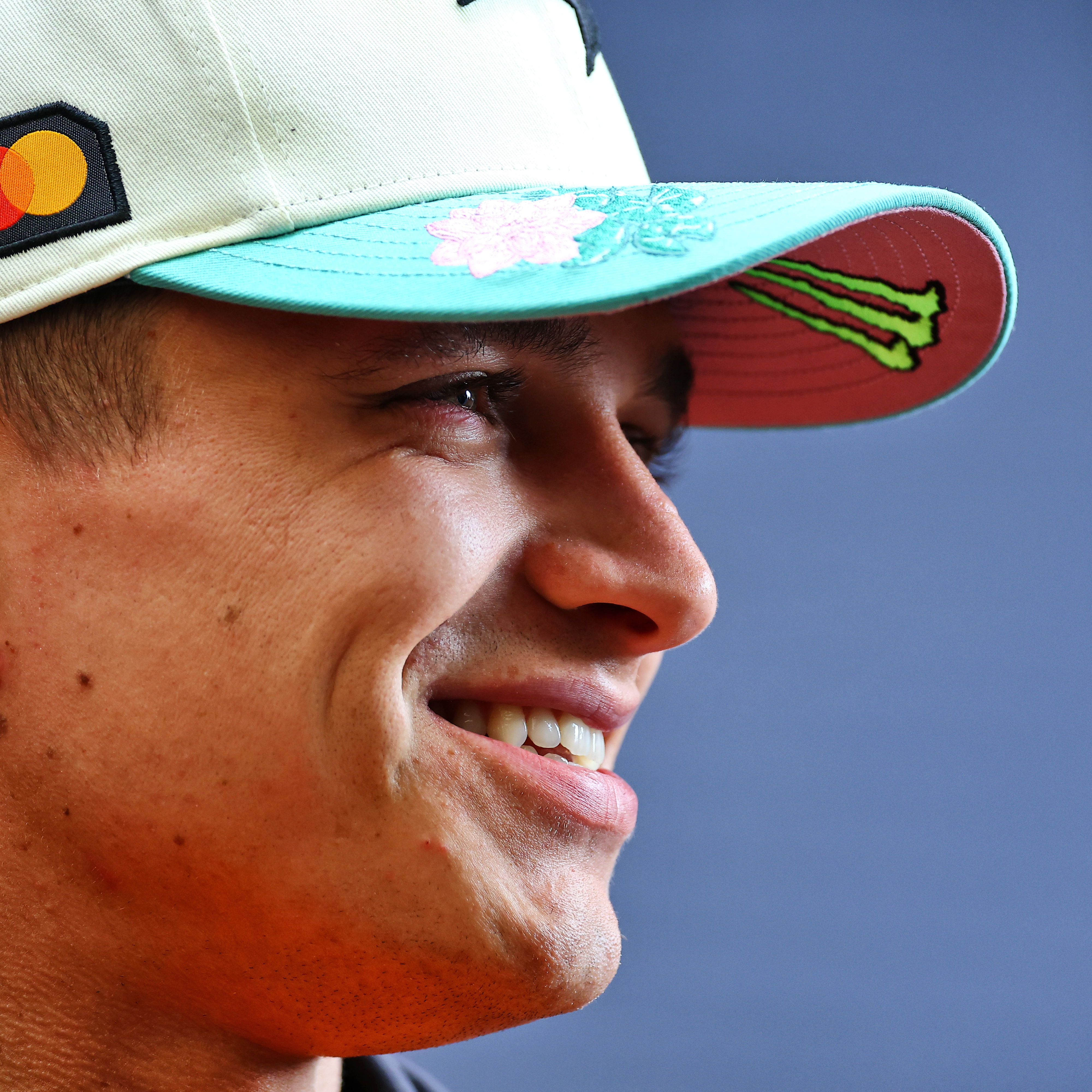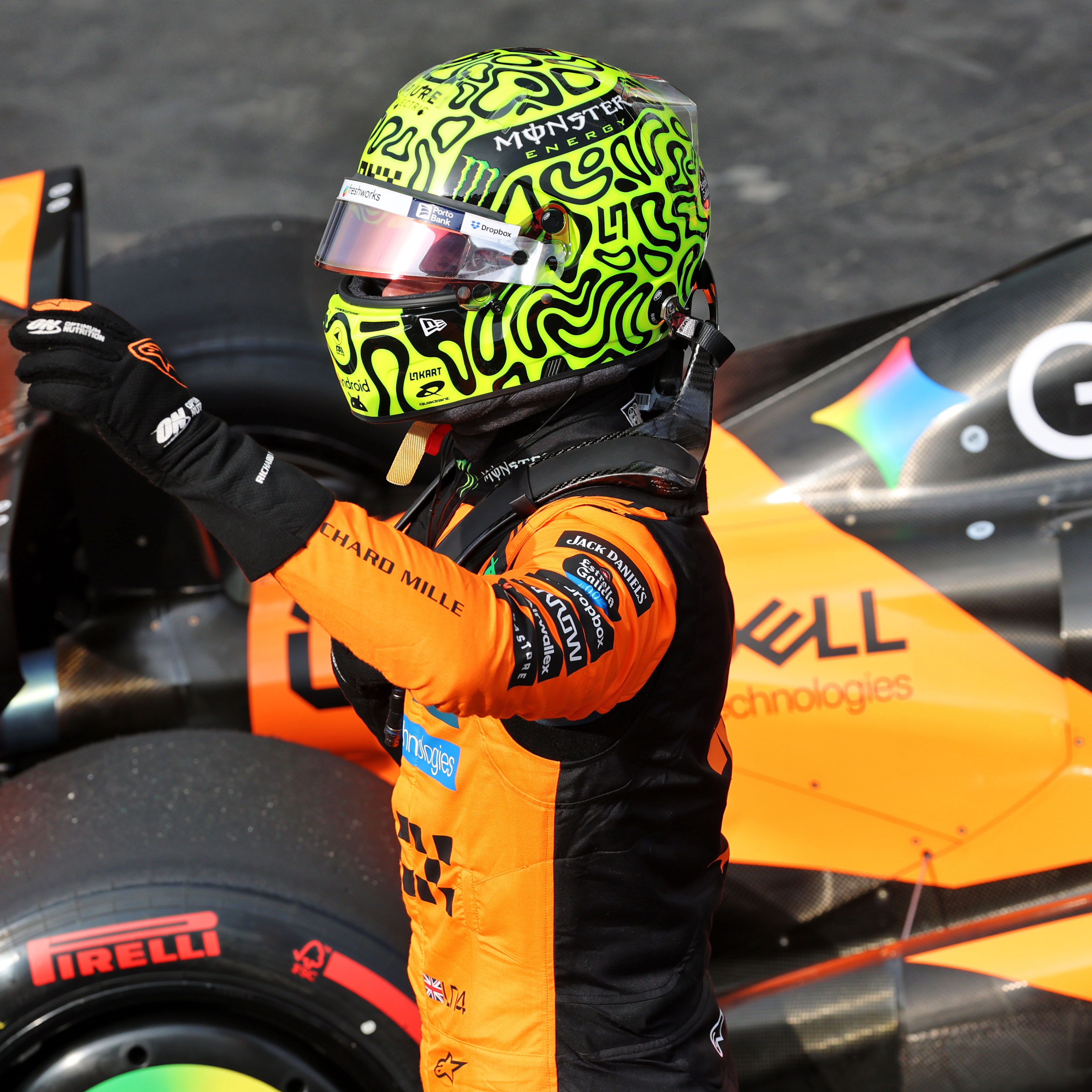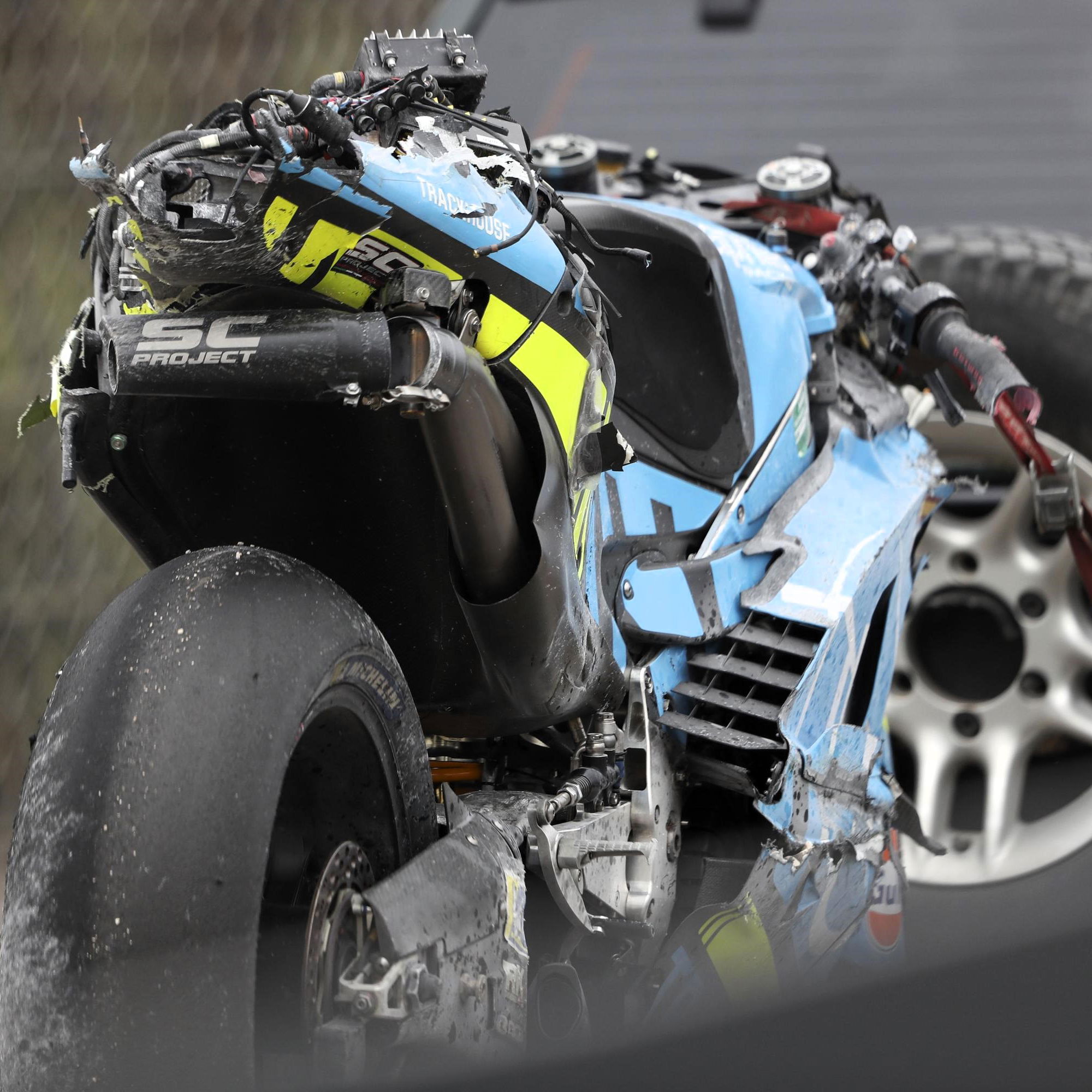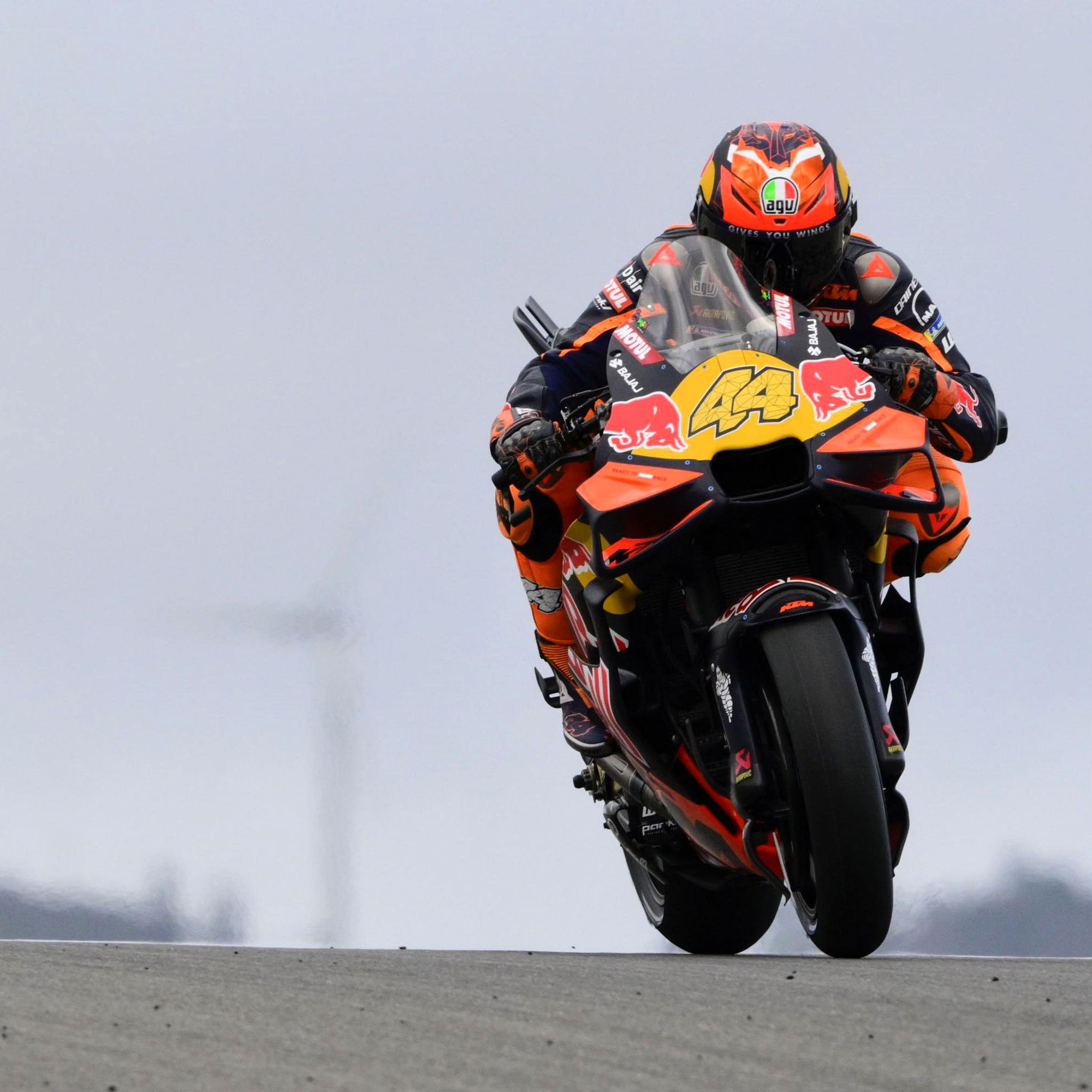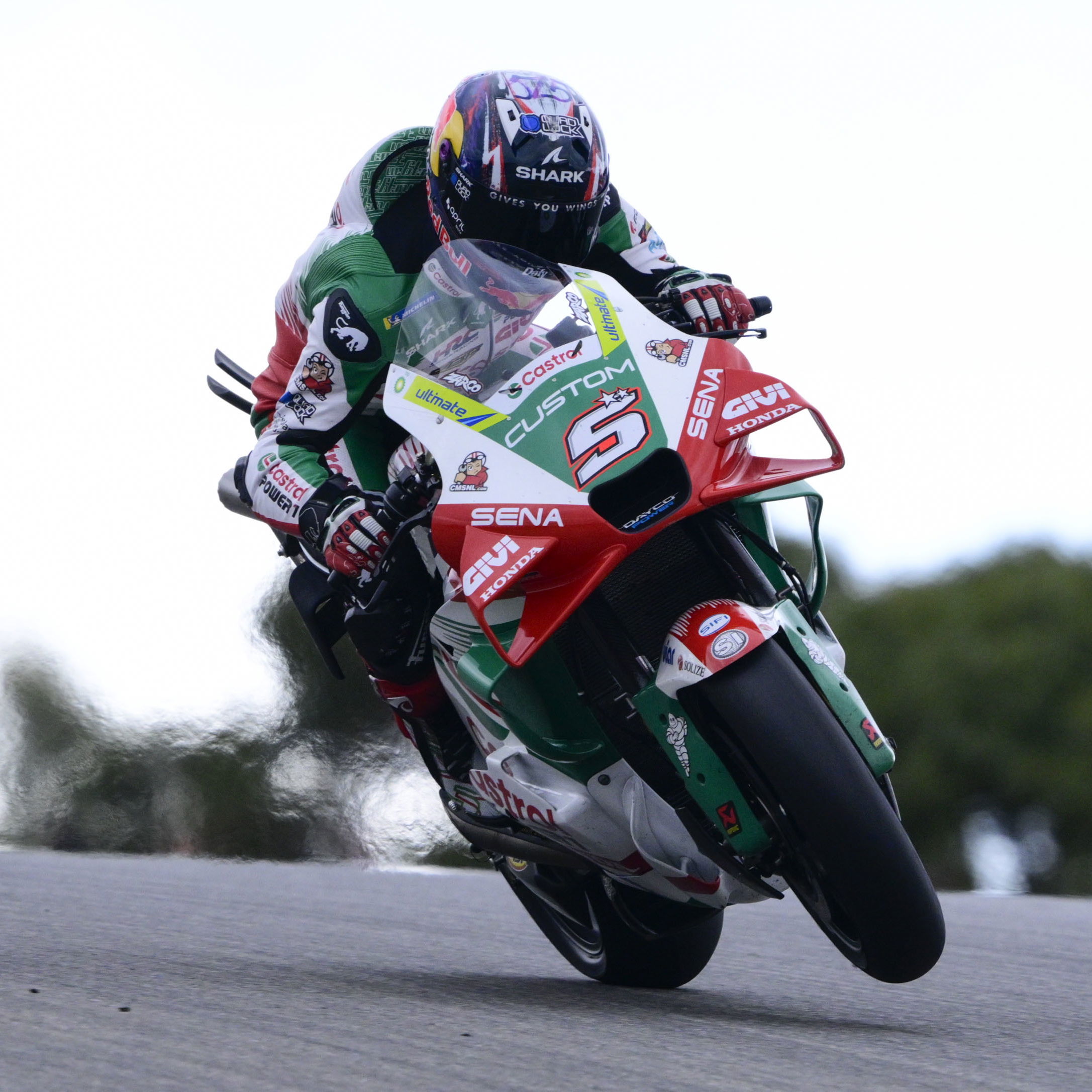Exclusive: Virgin 'Big-Bang` secrets revealed!
By Adam Arnold
By Adam Arnold
Following the announcement that the Virgin Yamaha British Superbike team will run a 'Big-Bang' engine configuration in this season's British Championship, there has been a great deal of head-scratching as to how exactly they have managed to pull it off.
However, an independent investigation, conducted by Crash.net's Adam Arnold, has come up with the answers:
The 'Big-Bang' Superbike engine is nothing new but, although extensively tested, it has never previously been raced due to the problems caused by the two big power pulses produced. These two 'Big-Bang' pulses, within a four-cylinder engine, create a tremendous amount of stress, often leading to failure within 30 minutes.
The problems start with the sheer force of two-cylinders being firing together closely in an engine that was built for one cylinder to fire at a time. This tends to put enormous stress on the crank-shaft - the part of the engine that first comes into contact with the force of the 'bangs' - and the gearbox, which is accelerated tremendously after each massive pulse.
In MotoGP the rules allow the teams to use bespoke crank-shafts, which they use to offset the firing of each of the cylinders in the 'Big-Bang' arrangement by 40-50 degrees of crank rotation, thus lowering the stresses put on the engine. However, Superbike rules dictate that the 1000cc four-cylinder machines must use a standard crank-shaft.
There is also a massive increase in stress on the camshafts, as Rizla Suzuki's Scott Smart - well versed in the technical aspects of race engineering - describes:
"When we tried it ('Big-Bang') with a GSX-R600 K1 years ago, the force on the cams of opening two sets of inlet valves at the same time, with no help from the closing of another set, was simply too much strain on the cam chain," he said.
The failure in the cam chain arises when the cam-shaft tries to open two-cylinders worth of inlet valves simultaneously, the force from the valve springs being simply too great to overcome for long periods.
In a conventional engine, whether it be a four-cylinder or a twin, the opening of one set of valves is helped by the force of the springs closing on another set of valves. This effectively reduces the amount of strain the cam arrangement has to go through in an engine cycle.
Crash.net believe Virgin Yamaha have overcome this problem by not firing their 'Big-Bang' engine in the traditional two-by-two firing order expected from a four-cylinder.
Instead of firing the cylinders in two groups of two, Crash.net believes the Virgin Yamaha team fire one cylinder on its own first, then two cylinders together, and then the fourth and final cylinder on its own. This effectively reduces the amount of stress on the engine by half.
But don't just take our word for it; here is our evidence to back it up:
Analysis of audio recordings of the Virgin Yamaha 'Big-Bang' engine showed three distinctive 'bangs': One bang, followed by a second - even bigger - bang, and then another smaller bang. The audio waves the engine pulses produce can be seen in the lower picture.
The time between each of the pulses was worked out to be 180 degrees of crank rotation with 360 degrees of rotation rest in-between each cycle, as would be expected.
To back up these claims, the same experiment was used on two other engines - where the firing order is already known: A 90 degree V-Twin Honda and a Triumph 855cc triple. Because the firing order is known it is possible to see if the method is correct, which it was found to be.
"My engineering head tells me that this makes perfect sense," commented Smart on the evidence presented to him. "The firing of the single cylinder before the two together sets up the stressed members so when it (the two cylinders together) does come, it is not such a big shock."
This 'preparation' of the engine, firing a single cylinder first, is believed to be the key to this design working and being reliable over race distance.
Virgin Yamaha themselves claim that they have not yet had a technical failure using this engine, and boast 1500 km of testing without any problems. The crank-shaft only has to deal with one big pulse, which Scott believes would be caused by the middle two cylinders.
"The probable way they have gone is to fire both middle cylinders together as these are pretty well reinforced with bearings all around them," explained Smart.
The stress on the cam drive is also greatly reduced, compared to a conventional two groups of two 'Big-Bang' engine. The closing of the valves of the first cylinder being fired releases some of the force that it takes to open the inlet valves of the following two-cylinders.
This effectively means the cam arrangement is only trying to open one set of the twinned cylinders inlet valves, thus getting round the problem which has previously stopped teams using any kind of 'Big-Bang' engine.
Not only this but the 2005 R1 engine already has, as standard, a relatively large cam chain - making the engine ideal to test this configuration upon.
After the three separate engine pulses that this engine produces, there is a long 'dwell' which is the fundamental reason this type of engine is used in racing. With modern Superbike engines creating so much power - in excess of 210 bhp, which is a similar level to that seen by the leading MotoGP teams - teams have had to find new ways to translate the power to the track.
The problem with four-cylinder bikes in their conventional even firing arrangement is that once the rear tyre starts spinning, because of the nature of the engine, it's hard to stop.
When using a 'Big-Bang' engine, the rear tyre has a certain amount of time, in terms of crank rotation, when there are no power pulses trying to spin it up. This allows the rear tyre to effectively slow down between pulses and find grip again by correcting its speed to the speed of the track.
The Virgin Yamaha system, operating as a 180 degree triple with one effectively oversized cylinder, has the benefit of giving the rear tyre a large gap - 360 degrees of crank rotation - whilst doing away with a lot of the stresses involved in the big pulses.
The Virgin team also claim that they have managed to find more bhp on top of the 200bhp+ they had last season, despite using the 'Big-Bang' configuration.
But, as Smart points out, the proof is in the racing: "It may be all well and good on paper," commented Smart. "But it is going to be very interesting to see what this engine does to the rear tyre wear over a race distance."
You said it Scott!
The first race of the British Superbike season kicks off on Saturday 26th March at Brands Hatch, with the races being held on Bank holiday Monday 28th March.
Crash.net will be there putting your questions to the riders you have never had the chance to meet.
If you have a question for a particular rider email your suggestion to adam@crash.net.
Those questions deemed suitable will be put to your desired rider at the test on Sunday, the Brands Hatch test on Tuesday 15th or the official launch of the 2005 BSB season on 16th March.
The interviews containing the answers to the questions will appear on Crash.net Radio shortly after the event so stay tuned!
